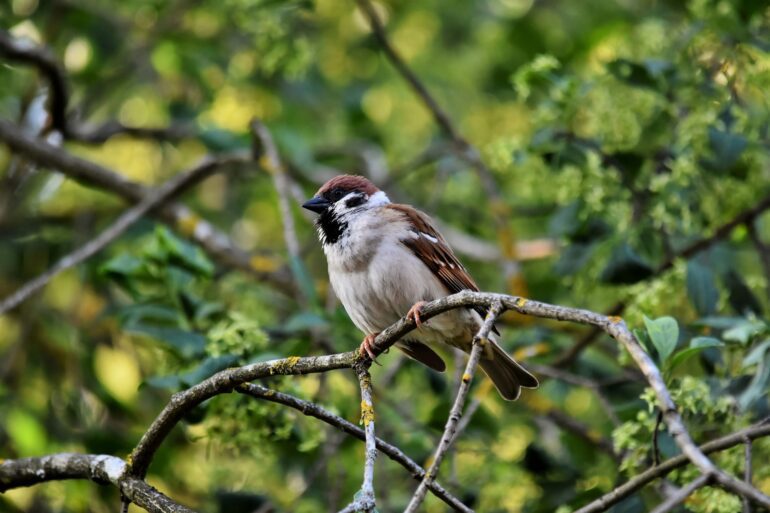TL;DR:
- Farmers are utilizing AI technology, such as Chirrup, to monitor wildlife levels on their land.
- Chirrup identifies bird species from recordings of the dawn chorus, building a comprehensive database.
- The system offers an affordable and regular assessment of farm diversity, aiding in crop security.
- Chirrup’s spectrogram analysis enhances its capabilities over time.
- AI-driven wildlife monitoring is revolutionizing farming productivity and efficiency.
Main AI News:
In an era where technology continues to shape various industries, farmers are now leveraging artificial intelligence (AI) to closely monitor wildlife levels on their land. A remarkable system named Chirrup, developed by Conrad Young, a prominent figure in Cheltenham, has emerged as a game-changer in this domain. By analyzing recordings of the enchanting dawn chorus, Chirrup can accurately identify individual bird species, presenting a novel approach to understanding biodiversity. This innovative AI solution meticulously logs the recordings, gradually constructing a comprehensive database that vividly portrays the bird population dynamics.
Conrad Young enthusiastically explains the functionality of Chirrup, saying, “It’s akin to having an attentive human presence around the clock, ready to listen when prompted.” This sophisticated system has already found a home on Godminster farm, owned by the progressive farm manager Peter Cheek. Having transitioned to organic farming in 1999, Mr. Cheek lauds Chirrup as an affordable method for consistently assessing farm diversity. His hope is that gaining insights into the bird species residing on his farm will enhance his understanding of crop security.
“One of the invaluable aspects of Chirrup is its ability to inform us about the prevalent insect species,” Mr. Cheek elaborates. “Given our commitment to organic practices, we refrain from employing any insecticides or sprays. Therefore, if birds are feasting on these insects, they are naturally curbing the population of other pests that may harm our crops.”
Over time, Chirrup evolves into an even more sophisticated tool, honing its capabilities to discern nuanced patterns and behaviors. Conrad Young delves into the intricacies, stating, “Curiously, the computer isn’t merely listening to sounds; it’s examining a spectrogram—a visual representation of sound waves.“
Mike Jones, an esteemed figure leading pioneering farm engineering projects from a distinguished center in Shepton Mallet, passionately advocates for the transformative influence of AI on farming productivity. “It’s crucial to harness the potential of this technology to benefit both the environment and the farm business itself, ultimately enhancing overall efficiency,” he declares.
The integration of AI into wildlife monitoring exemplifies the limitless potential of technology in revolutionizing the agricultural landscape. With solutions like Chirrup at their disposal, farmers can embrace data-driven insights, empowering them to make informed decisions that optimize farm operations and promote sustainable practices. As the industry evolves, AI continues to offer new horizons, driving unprecedented progress and innovation.
Conclusion:
The integration of AI technology for wildlife monitoring in agriculture marks a significant advancement in the market. Solutions like Chirrup provide farmers with an accessible and accurate means to monitor and understand wildlife levels on their land, aiding in the promotion of biodiversity and crop security. This transformative tool not only optimizes farming operations but also aligns with the growing demand for sustainable practices in the market. The continuous development of AI-driven solutions in agriculture holds great promise for enhancing productivity, efficiency, and environmental stewardship in the industry.

